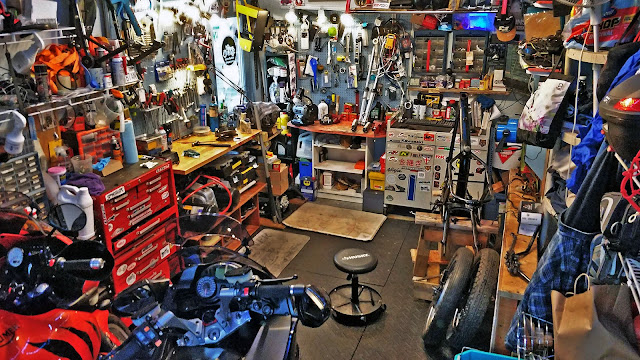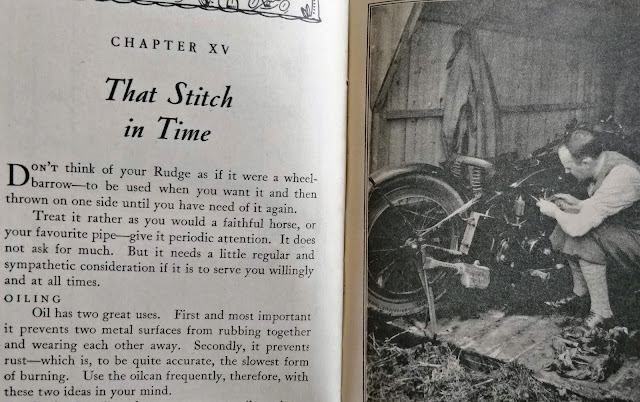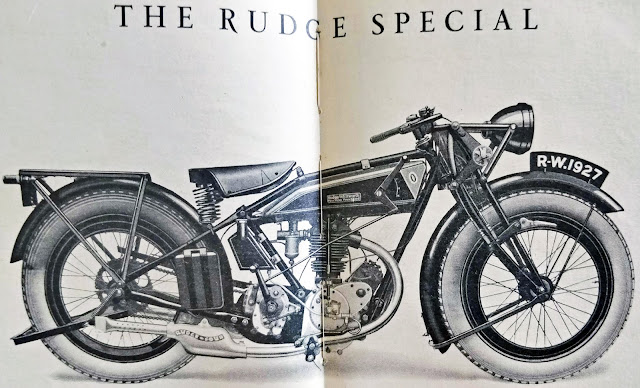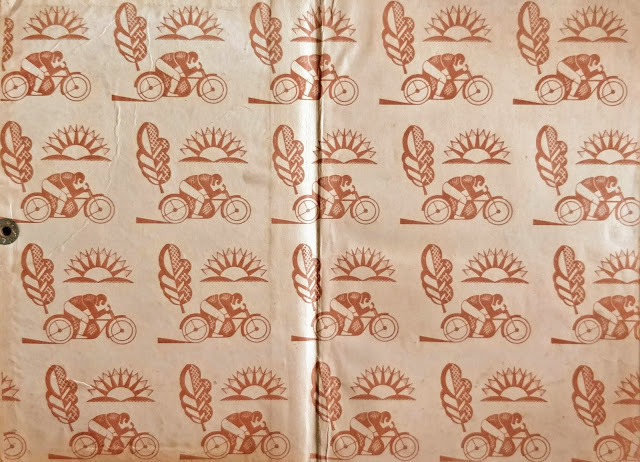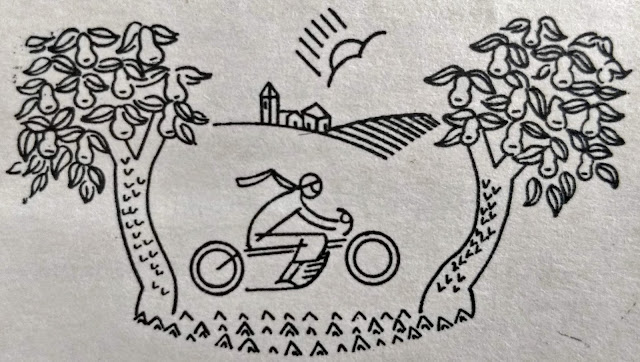 The First '07 Ninja 650 seemed like a logical starting bike. From there I got my first fixer-upper in the form of a '94 Kawasaki C10 Concours. Getting that out of a hedge, sorting it out and putting lots of miles on it felt like a big win, but I was still learning and when the carbs went on me, I lost the plot with it. That's one of those 'Costanza moments' when I wish I could have a do-over - I've got the tools and knowhow now to sort them out!
The First '07 Ninja 650 seemed like a logical starting bike. From there I got my first fixer-upper in the form of a '94 Kawasaki C10 Concours. Getting that out of a hedge, sorting it out and putting lots of miles on it felt like a big win, but I was still learning and when the carbs went on me, I lost the plot with it. That's one of those 'Costanza moments' when I wish I could have a do-over - I've got the tools and knowhow now to sort them out!
The KLE dual sport was too small for me (couldn't get me to 100kms/hr which is dangerous on our increasingly crowded and impatient local roads), so it came and went. I also dabbled with an old Yamaha XS1100, but never got it road worthy so it doesn't make the list. Then there was the PW80 I got for Max which he wanted nothing to with, so it came and went. Neither of them cost me anything (I broke even on both) so, whatever.
With the Concours acting up and a dead Midnight Special in the garage, I was prompted into the '03 Triumph Tiger, which has been my longest serving machine (currently at 8 years and over 40,000kms travelled). The Tiger filled the gap for a long time and let me drop both the Yamaha and the Kawasaki. While the Tiger performed regular riding duty I came across a Honda Fireblade that had been sidelined for several years, got it for a song, fixed it up, rode it for a season and then sold it on for a small profit, which felt like a win.
During the early days of COVID the Tiger started acting up and I came across a 2010 Kawasaki GTR1400/Concours 14 for sale with low miles that had also been sidelined in a shed. I sorted out this complex bike and once again felt like my mechanicking skills had levelled up. With some extra contract work I'd done and the money from the Fireblade this step up to something more expensive didn't eat into savings.
The C14 and Tiger are both still currently in the garage. In 2021, as COVID lingered, I came across an opportunity to try a vintage restoration. I had a choice of several bikes and took one that was the furthest gone, which in retrospect was a mistake (don't get cocky, right?). I cleaned up this ratty old chopped 1971 Bonneville and got to the point where it sat in the corner of the garage because I'm too stingy to throw money at it. Lesson learned: if you want to go vintage, be prepared to pay through the nose for it and wait a lot for parts availability.
I let the Bonneville go this spring for what I paid for it (minus the new parts). It was a loss but it gave me something to do while the world stopped and I learned a lot. It was fun doing an archeological inspection of a machine that was almost as old as I am.
























